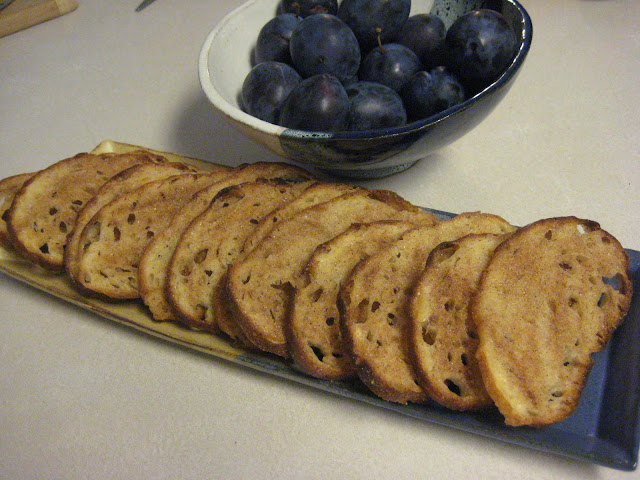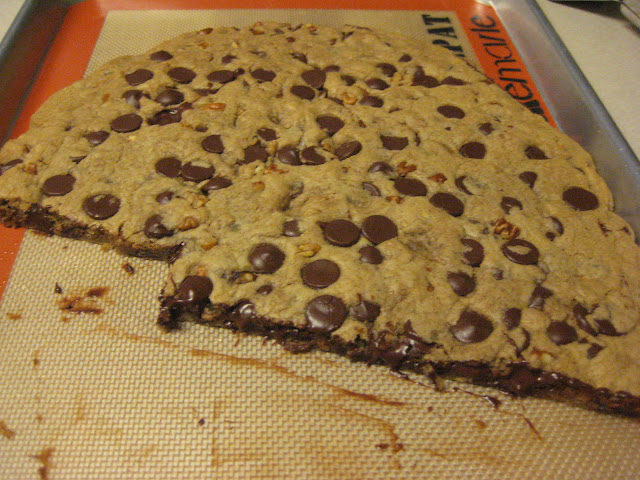So you want to make bread? If you follow some easy guidelines you can make up your own recipes and experiment with the results. Have fun!
Formula:
Flour 100%
Water 60% - 70% - 80% of flour weight (tight crumb - holey crumb – very holey crumb)
Yeast 1% of flour weight
Salt 2% of flour weight
Example:
900 g flour 6.5-7 c flour
540-630 g water 2⅓ - 2¾ - 3¼ c water (tight even crumb – loose holey crumb)
9 g yeast 1 T yeast
18 g salt 1 T salt
A nice flour mix is 70% white, 20% wheat, and 10% rye by weight or volume.
Using milk instead of water makes a softer, more tender crumb.
Add oil or butter to make it richer and more tender and makes the bread keep longer. Don’t include fats in the liquid percentage.
Sugar is added for sweetness. Don’t include sugars in your percentages.
Malt syrup is a flavorful sweetener. You don’t need much, maybe a tablespoon per pound of flour, to make a difference.
Mix dough until it comes together and is all wet. Cover the dough let it rest for 20-30 minutes. Knead dough for a few minutes until its smooth. Try not to add extra flour. Place in an oiled bowl and cover.
Note: The rest time is called autolyse. The gluten will develop on it's own if given the time. Kneading will then be fast and productive.
Allow dough to double and then make into loaves. Allow to double again and bake.
Before you put it in the oven, you can paint on some whole egg or egg white. Whole egg will make the crust browner and the white will just make it shiny.
Whole grain flour should be soaked in some of the recipe water for a while to become fully hydrated. Overnight is easy because it’s ready for you in the morning. If soaking whole grains, drain them very well afterward and don’t count the liquid in your recipe. Soaked whole grains don’t count as flour either. Nuts don’t need to be soaked. You might want to toast them lightly in a dry skillet to make them tastier but you don’t need to.
Retarding the dough will give it better flavor. At any point in the recipe you can just cover and stick it in the fridge. The next day, warm for a couple of hours and continue. If you don’t have time that day, leave it in the fridge another day.
Extra rises will also add flavor. Avoid artificially heating the dough to get it to rise faster. A slow cool rise will make better flavor.
Rolls bake at 400 or 425 for 15-20 minutes. Loaves bake at 350-400 for 40-60 minutes depending on size and density. Loaf center should be 200 degrees when done. A heavy whole grain loaf will take longer than a light airy white loaf. Wetter dough cooks longer because it has more water to cook off. Checking the temperature is a foolproof way to check for doneness.
Bread should ideally cool about an hour to complete cooking inside but sometimes you just can’t wait! Big deal, go for it!
If you want big holes in your crumb, you need to increase the liquid percentage. Some people increase it to as much as 100% but you don’t have to go that high. Going to 70% makes a big difference. Wet dough is harder to work with. It requires some new skills that I will go into at a later date.











































